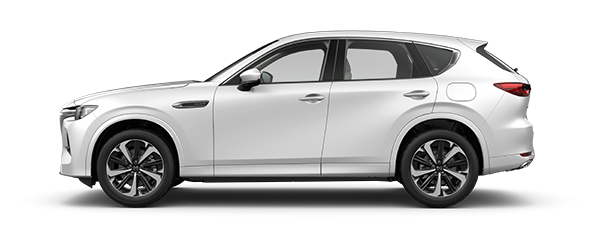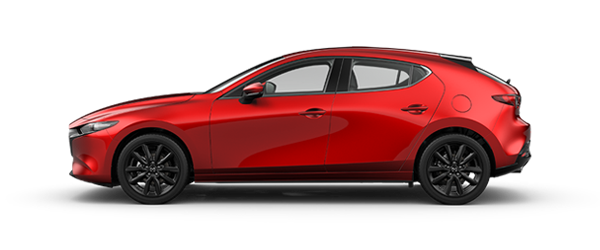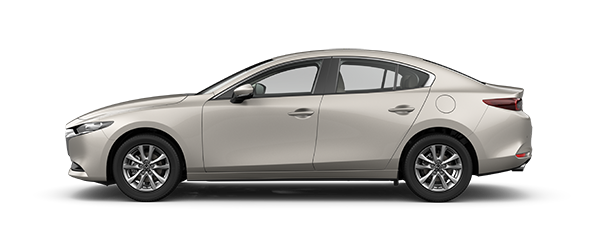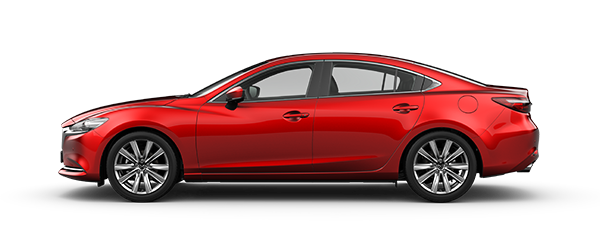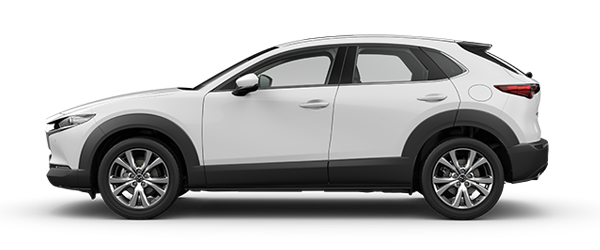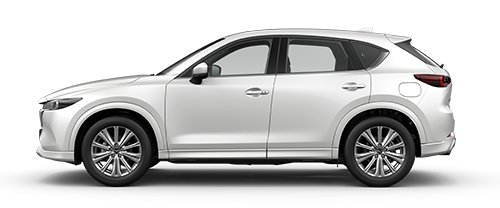
WHY MAZDA
MAZDA SAUDI ARABIA
The city of Jeddah - the bride of the Red Sea and the commercial capital of the Kingdom of Saudi Arabia, is also the home of the country's first automobile distributor, Haji Husein Alireza & Co. Ltd.
MAZDA CX-30 FEATURES
Mazda CX-30 is as switched on as it is stylish. That's why its inner intelligence shines through.
Sleek and Bold
The Mazda CX-30 represents an entirely new design for a compact crossover SUV based on this design philosophy. With “Sleek and Bold” as its key design...
Sleek and Bold
The Mazda CX-30 represents an entirely new design for a compact crossover SUV based on this design philosophy. With “Sleek and Bold” as its key design concept, its proportions combine the toughness of an SUV with a supple, flowing beauty that transcends the category. Its body surfaces are deeply expressive and look completely different from moment to moment.
Cabin Design
The Mazda CX-30 cabin design is based on our philosophy of human-centricity that stems from an unswerving commitment to Jinba-Ittai — creating a sense...
Cabin Design
The Mazda CX-30 cabin design is based on our philosophy of human-centricity that stems from an unswerving commitment to Jinba-Ittai — creating a sense of oneness between car and driver — and traditional Japanese architecture with its use of Ma, or negative space.
A bewitching and sensuously powerful form
The flow of power towards the rear tires from the inward-tapering cabin and the strong-standing fenders combines with the inward curve of the rear...
A bewitching and sensuously powerful form
The flow of power towards the rear tires from the inward-tapering cabin and the strong-standing fenders combines with the inward curve of the rear gate structure to express boldness; creating a powerful stance that accentuates the impressive width of the vehicle. This design element further accentuates the strong presence and alluring beauty of the CX-30.

Skyactiv-G
It is Mazda's latest high-efficiency gasoline engine that combines powerful, enjoyable performance with fuel economy without sacrificing any of them. whereas, with the same amount of fuel, you get more power than usual.
A lightweight, strong car body
When designing the car body, a stronger body will generally mean an increase in weight, whereas a lighter body compromises strength. So that we could...
A lightweight, strong car body
When designing the car body, a stronger body will generally mean an increase in weight, whereas a lighter body compromises strength. So that we could simultaneously realize both of these apparently contradictory attributes in the Mazda CX-30 body, we chose to increase the amount of stronger ultra-high-tensile steel — steel that is even stronger than regular high-tensile steel while retaining the same weight — used, as well as ingeniously designing each part for optimal performance. This design allowed us to achieve an ideal balance between collision safety, driving and environmental performance, and quietness; all key features that contribute to basic performance.
Suspension system
The CX-30 suspension system uses MacPherson struts in the front and a torsion beam setup in the rear, as well as the same new bushings with a...
Suspension system
The CX-30 suspension system uses MacPherson struts in the front and a torsion beam setup in the rear, as well as the same new bushings with a spherical internal structure and a center beam with different diameters at its center and end sections. In addition, Mazda optimized the knuckle fittings that attach the tires to the chassis, the lower arm angle, and the roll center height. This makes the behavior Skyactiv-Architecture is designed to facilitate — smooth and instant transmission of input from the road surface to the driver — equally possible regardless of differences in specifications such as ride height and wheelbase. This is important for replicating walking posture within a vehicle.
Tires
The Mazda CX-30 is equipped with new generation tires that feature a softer vertical spring than conventional tires so that the tires deflect to...
Tires
The Mazda CX-30 is equipped with new generation tires that feature a softer vertical spring than conventional tires so that the tires deflect to absorb initial impact. We were unable to smoothen impact from the road surface using harder tires as they caused input to be transmitted directly to the suspension and this resulted in the suspension starting to move too abruptly. Skyactiv-Vehicle Architecture works by first using the tires to absorb impact and then transmitting this to the suspension in a smooth manner, resulting in more linear and natural vehicle behavior.

Front seats and seatbelts
The Mazda CX-30 features a front seat structure that effectively prevents against whiplash, a common injury in rear-end collisions. Also, attaching the lower seatbelt mounts to the seat itself has realized uniform slack and seatbelt angle in all seat positions, meaning the belts will restrain occupants quicker in the event of a collision.

Driver’s seat knee airbag
The driver’s seat is also equipped with a knee airbag as standard equipment, designed to both reduce injury to the knee area and suppress forward movement.
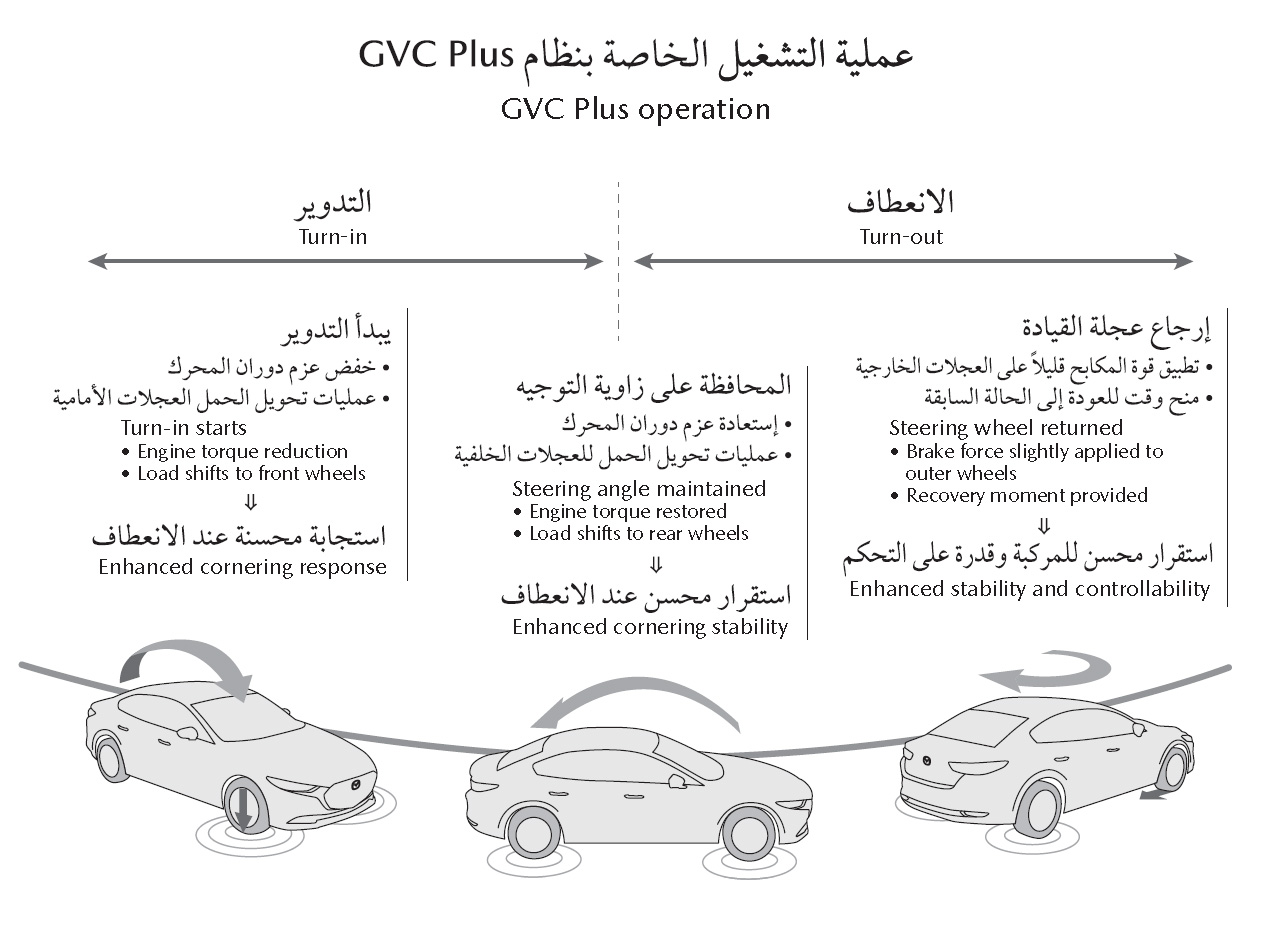
G-VECTORING CONTROL PLUS (GVC PLUS)
GVC Plus is one more way Mazda’s human-centric engineering makes vehicle movement more responsive, more confidence-inspiring and just more comfortable. As you enter a bend, GVC Plus momentarily lowers engine torque to transfer weight to the front wheels and enhance grip. Then as you go through the curve, engine torque is restored to shift weight rearwards for greater stability. Finally, as you exit the bend brake force is slightly applied to the outer wheels to help recover straight-line running. This seamless, behind-the-scenes control greatly reduces the need for mid-bend steering corrections, smoothes the effect of G forces to reduce body sway, and lowers stress and fatigue on long drives.

Mazda Connect
The latest version of Mazda Connect — knitting humans and cars even closer together. 8.8 inch widescreen center display has been split into two screens. This way, when scrolling through menus, supplementary information about each item appears as an illustration or text on the right hand side, making it easier for users to understand menu content intuitively. When using the navigation feature to perform a destination search, destination suggestions are listed on the left side of the screen and a map of the surrounding area appears on the right, improving consistency and ease of use. We have even added additional features such as the ability to display navigation and audio information simultaneously on a split screen to make the system even easier to use.
Get all the facts and figures in one place
Please use Ctrl + F keys simultaneously to search keywords, topics in the following PDF files.

